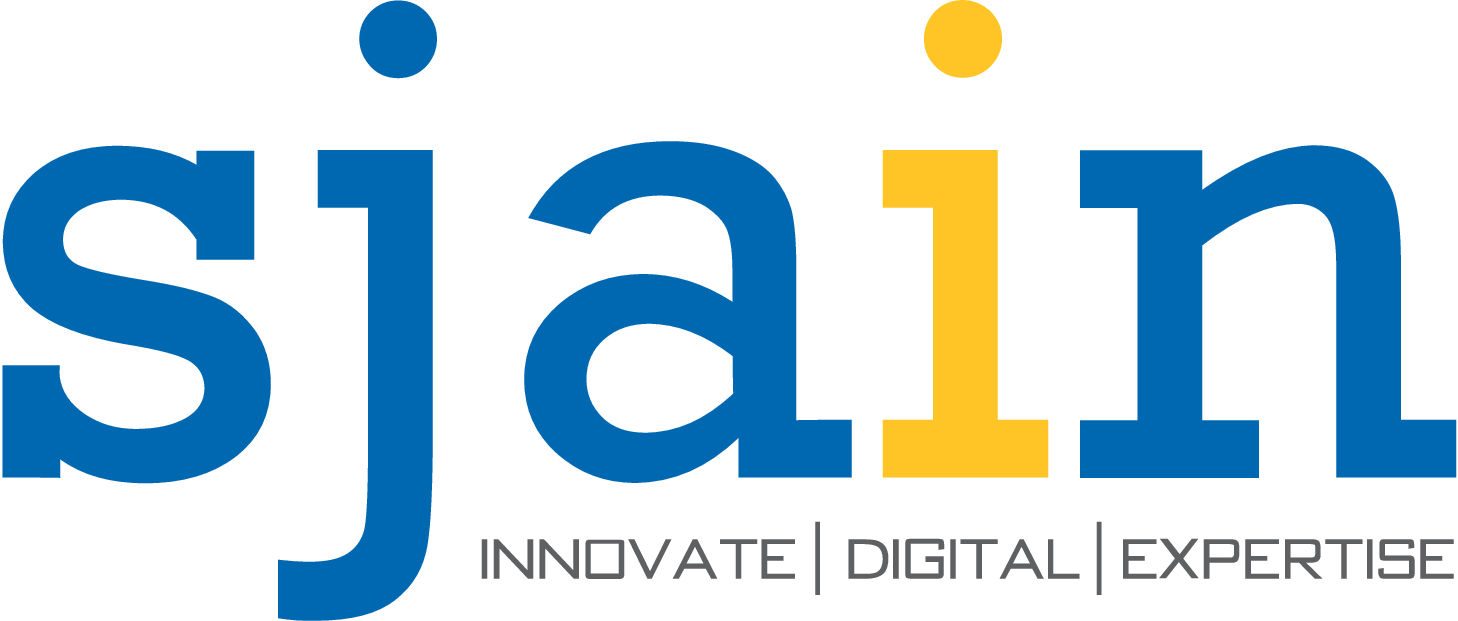Developing Custom Machine Learning Models for Your Website
In today’s digital age, organizations that want to remain ahead of the competition must harness the power of computational intelligence and artificial intelligence. One significant way to integrate these cutting-edge technologies into your website is by developing custom machine-learning models. By doing so, you can enhance user experiences, optimize processes, and gain valuable insights that can drive your online success. We’ll go through the methods involved in creating unique models using machine learning for your website, as well as the benefits they may provide.
Understanding the Basics of Machine Learning
It is critical to have a thorough knowledge of the underlying ideas before embarking on the process of constructing bespoke machine learning models. Machine learning involves training models to make predictions or take actions based on patterns and data, without being explicitly programmed.
There are three forms of learning
Supervision, unsupervised instruction, and reinforcement learning.
Identifying Goals and Use Cases
Before diving into the technical aspects, it’s essential to identify your website’s goals and the specific use cases where machine learning can make a significant impact. This could include personalizing user experiences, improving search functionality, automating content moderation, or enhancing recommendation systems. Defining clear objectives will guide the development process and ensure optimal results.
Gathering and Preparing Data
The success of any machine learning model relies heavily on the quality and quantity of data used for training. Identify the relevant data sources and collect the necessary information. Preprocess the data by cleaning, transforming, and normalizing it to ensure accuracy and consistency. Methods for data augmentation can also be used to expand the dataset’s diversity and size.
Choosing the Right Machine Learning Algorithm
Selecting an appropriate machine learning algorithm depends on the nature of your data and the desired outcome. Commonly used algorithms include decision trees, support vector machines, neural networks, and clustering algorithms. Each algorithm has its strengths and weaknesses, so it’s essential to evaluate and experiment to find the best fit for your specific use case.
Training and Evaluating the Model
Once the algorithm is chosen, it’s time to train your model using the prepared dataset. Split the data into training and testing sets to validate the model’s performance. Implement appropriate evaluation metrics such as accuracy, precision, recall, or F1-score to assess the model’s effectiveness. Iterate on the training process by adjusting hyperparameters and refining the model until satisfactory results are achieved.
Integrating the Model into Your Website
After the model is trained and evaluated, it’s time to integrate it into your website. Depending on the model’s complexity, this can be accomplished via API integrations or by installing the model locally on your website’s servers. Ensure seamless integration with existing components, consider scalability, and conduct thorough testing to ensure the model performs as intended in the live environment.
Monitoring and Continuous Improvement
Machine learning models are not static entities; they require ongoing monitoring and continuous improvement. Track the model’s performance, gather feedback from users, and collect new data to retrain and update the model periodically. This iterative process ensures that the model remains accurate and relevant as your website and user needs to evolve.
Benefits of Custom Machine Learning Models
Developing custom machine learning models for your website offers numerous benefits.
Enhanced User Experience
Personalized recommendations, improved search functionality, and content curation can significantly enhance the user experience, leading to higher engagement and customer satisfaction.
Increased Efficiency
Automation of repetitive tasks, such as content moderation or customer support, can streamline processes and save time and resources.
Data-Driven Insights
Machine learning models may extract significant insights from your website’s visitor data, allowing for data-driven decision-making and uncovering new growth prospects.
Competitive Advantage
By harnessing the power of AI and ML, you can gain a competitive edge in your industry, differentiate your website, and attract more visitors.
Conclusion
Incorporating bespoke machine learning models on your website expands your options. By following the steps outlined above, you can develop powerful models that revolutionize user experiences, optimize processes, and unlock valuable insights. Embrace the potential of AI and ML to stay at the forefront of technological advancements and propel your website to new heights of success.

